States and Local Government in the United States of America
The State Government
The United States consists of 50 states, a capital city (Washington D.C), various islands, and 5 major territories. Although the constitution does not outline the powers of the State, it does mandate that all states maintain a republican form of government. Over the years, the US Congress has passed various legislations, in accordance with the constitution, filling out the gaps left by the constitution on the powers that belong wholly to the federal government or powers of the state. Both the power of the state and the federal government overlap on certain matters such as legislation and enforcement of laws, collection of taxes and establishment of courts. The judiciary, in interpreting the constitution, has also contributed immensely in determining the extent and limits of the powers of the state in comparison to the federal government.
How are States Governed?
While every state is governed by its unique laws and constitution, all laws and state constitutions are subject to the U.S. Constitution. This means no state law, which contravenes the constitution shall be valid. All 50 states are legally recognized as one sovereign state, internationally described as the United States of America. The people of the United States of America, form the republic which gives state governments their basis for governance.
Structure of the State Government
U.S states have a similar structure to that of the Federal government. Each state has 3 branches of government: judicial, executive, and legislative. These branches operate within the state’s specific geographical boundaries. Like the President, the power of the executive is vested in the State Governor.
State Legislature
Most states in the US have a bicameral legislature, consisting of two legislative houses. In all the states with a bicameral legislature, the Upper Legislative House is called the Senate and the Lower House is given different names, including House of Delegates in Maryland, the Assembly in New York, General Assembly in New Jersey and the House of Representatives in most States. Nebraska has a unicameral legislative branch described as the Senate. The operation of the legislature also can vary from one state to the other, while the number of elected members may range from 40 to 400 for the lower house and 20 to 67 members in the State Senate. States like Alaska have a considerably small legislature, while states like California have a large legislature with a larger staff and committees.
What are the main functions of the state legislature?
Regardless of their size, state legislatures generally perform similar duties as the US Congress, which include:
- Making laws
- Representing the interests of the people
- Deliberating on matters raised by members or presented by the executive
- Passing bills that affect the state
- Setting limits on the state budget or government spending
The legislature also has the power to initiate the articles of impeachment.
What are the rules and procedures of state legislatures?
Most states adopt the Mason’s Manual as a parliamentary authority or as the rules for conducting the business of the Chamber. It covers various subjects on legislative procedures including rules governing motions, debates, relations with the other House, and relations with the Executive. Other legislative chambers adopt Roberts’s Rule of Order and about 13 out of the 99 legislative Houses in the 50 states adopt Jefferson’s manual. Regardless of the manual of choice, its rules on parliamentary procedures are subject to the state’s parliamentary rules.
State Judiciary
State Judiciary is established by the state Constitution, all cases outside the exclusive constitutional jurisdiction of the Federal courts are under the jurisdiction of State courts. Each state has a Supreme Court, which is the apex court for matters determined by the States Courts of Appeals, which in turn hears appeals from states District or Circuit Courts. State judges may be elected, selected by the legislature, appointed by the Governor or selected for Governor’s nomination, on merit based on the recommendation of a nominating commission also known as the assisted appointment.
How are State Judges Chosen?
The method for selecting judges varies across the States and the use and features of each method may also vary. For instance, the Assisted appointment method for choosing judges may be adopted by two different states, yet the applicable rules of the state to that method may differ. The appointment list presented by the Commission on the appointment of judges may be a mandatory selection list in one state, while it is merely an advisory list in another. As a mandatory list, the Governor must choose one of the candidates on the commission’s list while under the advisory list method, the governor may consider the commission’s list but may choose someone not recommended on the list.
In New York, Judges of the Court of Appeals are selected by assisted appointment,(nomination based on the recommendation of a commission which has conducted an assessment of their qualifications and history) Trial court judges are selected through a party centered election process, otherwise known as partisan elections.
State Executive
Every State’s executive branch is headed by an elected Governor who acts as chief administrator, responsible for the leadership and control of all executive bodies, agencies, departments in the implementation of the state’s laws. The structure of a state’s executive branch is dependent on the constitution and other laws of the state. No two are the same and may differ in general scope, one from the other but within the bounds of the US Constitution. States’ executive branches generally consist of the Governor, the Cabinet, and Agencies. States like Florida also have a lieutenant governor, a position similar to that of the US Vice President, providing support to the Governor in carrying out the state’s executive duties. State Cabinet often consists of important persons in the government such as the Attorney General.
Unlike most States, no one person is solely responsible for the executive function of the State of Florida. Florida State Cabinet is more powerful than that of most states. Its system of a plural executive was unique to it until it was adopted by states like Texas. The Plural executive system limits the executive powers of the Governor and enhances the powers of Cabinet to perform executive functions of the State. Florida Cabinet currently consists of persons who were independently elected as
The Cabinet of the Florida State government plays a vital role as a co-executive head, with the Governor of Florida in decisions, policymaking, and management of various Agencies. The Cabinet, chaired by the Governor are on the board of various agencies.
What Are The Powers Of The State?
The Constitution creates a dual system of government under which 2 separate structures of government exercise powers within the same territory and upon the same people, therefore, each structure of government,( state and the federal government) has separate functions, exclusive powers (powers absolutely reserved for the state or delegated to the federal government by the Constitution) and Concurrent Powers ( powers which are shared by both the state and the federal government). Exclusive powers of the State Government include
- Provide for public safety, health, and welfare
- Regulate industries and commerce within the states
- Regulate ownership of real estate, vehicles, and other personal property
- Provide education
- Issue Licenses such as for vehicles, professionals, certificates of birth, death, marriage
- Maintain a militia
- Ratify constitutional amendments
- Exert powers, not prohibited to the state under the constitution or not outlined as belonging to the federal government
State powers that are concurrent in nature
- Establishment of courts and maintenance of a judicial system
- Legislation and policy making
- Borrowing money
- Road construction
- Claim private property for public use with fair compensation
- Levy taxes
Local Governments In the United States of America
What are Local Governments?
Local governments are a lower tier of government, right beneath the States. Local governments are closest to the people and foster their participation in decision making. States have the power to establish local governments. As of 2012, according to the United States Census Bureau, there were a total of 89,004 local governments in the United States, generally divided up into Counties (also known as Parishes or Boroughs in some states) and Municipalities. Each state laws identify the Counties and Municipalities and determine their reach, jurisdiction, functions, and services. Depending on the State, Municipalities may be structured into boroughs, townships, cities, villages. There are also special districts and independent school districts.
The structure and functions of local government differ between states and sometimes within the same state but they are organized as the administrative arm of the State, to enforce state laws and provide services such as emergency management, public works, recreation, social services, health services, for residents of the State. People are also able to influence the mechanisms for governance in the state, especially with regards to the needs of the people and how those needs may be met.
What are Counties?
Counties (Parishes in Louisiana and Boroughs in Alaska) are the highest level of local government, right below the State, with a wider administrative jurisdiction than the cities, existing in all states except Connecticut and Rhode Island. State County government system varies but the most predominantly adopted and oldest form of county government system across states is the Commission system. The Commission consists of public elected officials, known as the Commissioners, who serve as the governing body, making and enforcing local ordinances or resolutions as both the legislative and executive of the County. They have the power to employ and disengage officers, approve a budget and oversee spending.
Council Administrator system is another system of County government, council members are elected and in turn, appoint an Administrator, the Administrator serves at the behest of the council and may be removed by Council members. Most of the policymaking power remains with the council and the Administrator serves as an executive to carry out the policies and ensure service delivery to the people.
A small number of Counties adopt the council-elected executive system, where the voters elect a council with legislative powers and an executive to perform functions similar to that of a state governor, a spokesperson for the county, in charge of departments, may veto the actions of the council and administer the policies made by the Council.
What are Municipal Governments?
Municipal governments are described by the US Census Bureau as” Organized sub-county local governments established to provide general government services for a specific concentration of population in a defined area; includes those governments designated as cities, villages, boroughs (except in Alaska), and towns (except in the six New England states, Minnesota, New York, and Wisconsin)”
The government at the municipal level is responsible for providing the day to day services and conveniences to the people, such as clean water, recycling, sewage disposal and management, fire protection, safe and lit street, record keeping, education, safe roads and so on. The structure of a municipal government is dependent on the State. The population of municipalities varies widely. The municipal government may be organized an elected mayor and a separately elected Council, or individually elected members of a Commission, from which 1 is designated as Mayor, or a city council with policy and administrative oversight, which appoints a professional city manager act as the executive officer. The Town Hall meeting style of Municipal government (though not widely adopted is considered public participation in its purest form, democracy) allows votes to gather in a town hall meeting, participate in policy meeting and elect their executive
Local governments like other levels of government have the power to levy taxes and the people also maintain the right to track government spending and on what the money is being used. To achieve their objectives and efficiently provide services to residents, local governments rely on public officers such as Sheriffs, coroner, Treasurer, Clerk, Auditor, and other persons who head the various departments established to cater to all the needs of the residents including
Police departments
- Health
- Fire departments
- Libraries
- Public works departments
- Public Safety
- Housing
- Parks and Recreation
- Environmental control
- Senior citizen programs
- Cemeteries
- Social services
- Community development
What are Special Districts?
Special Districts are set up to provide specific functions or services within an area. Special districts are formed by residents usually by electing local officials who appoint the governing boards of directors and are accountable to the residents. Independent schools Districts provide public education services and are recognized as a special-purpose government with a level of financial independence. They are often governed by an elected Board of Trustees, the Board of Education, or simply, Boards.
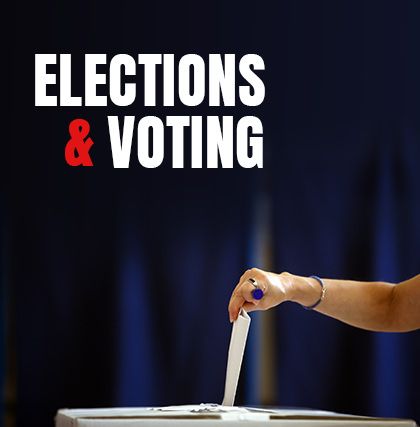 Elections and Voting
Elections and Voting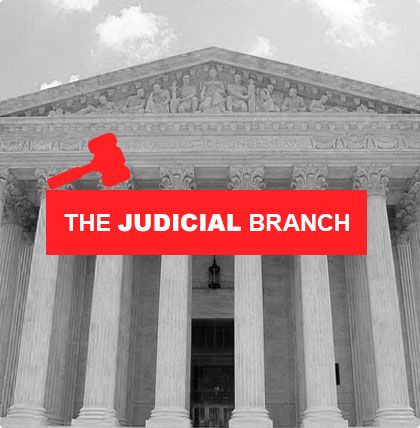 The Judicial Branch
The Judicial Branch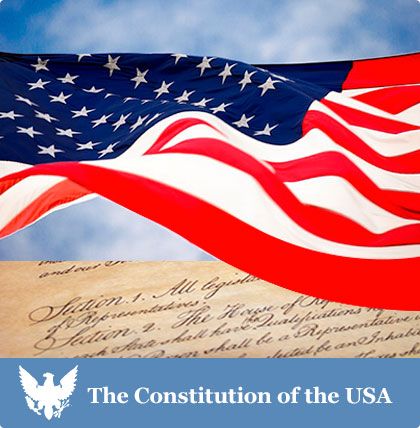 The Constitution
The Constitution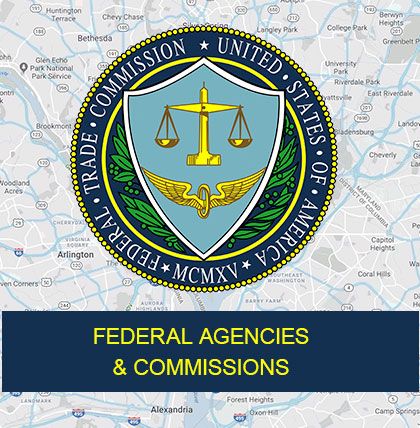 Federal Agencies & Commissions
Federal Agencies & Commissions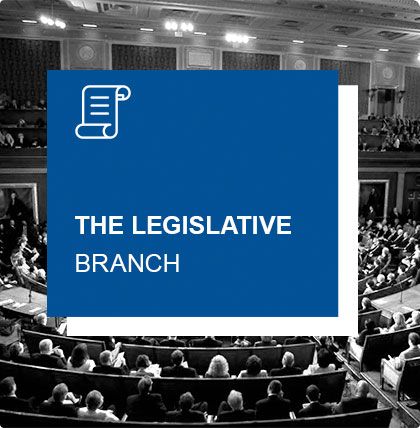 The Legislative Branch
The Legislative Branch Our Government
Our Government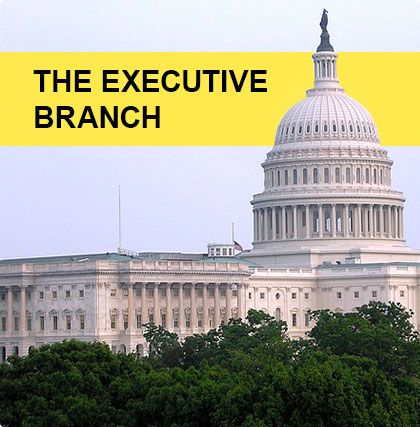 The Executive Branch
The Executive Branch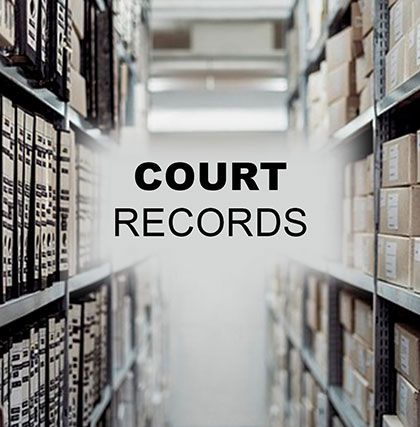 Court Records
Court Records